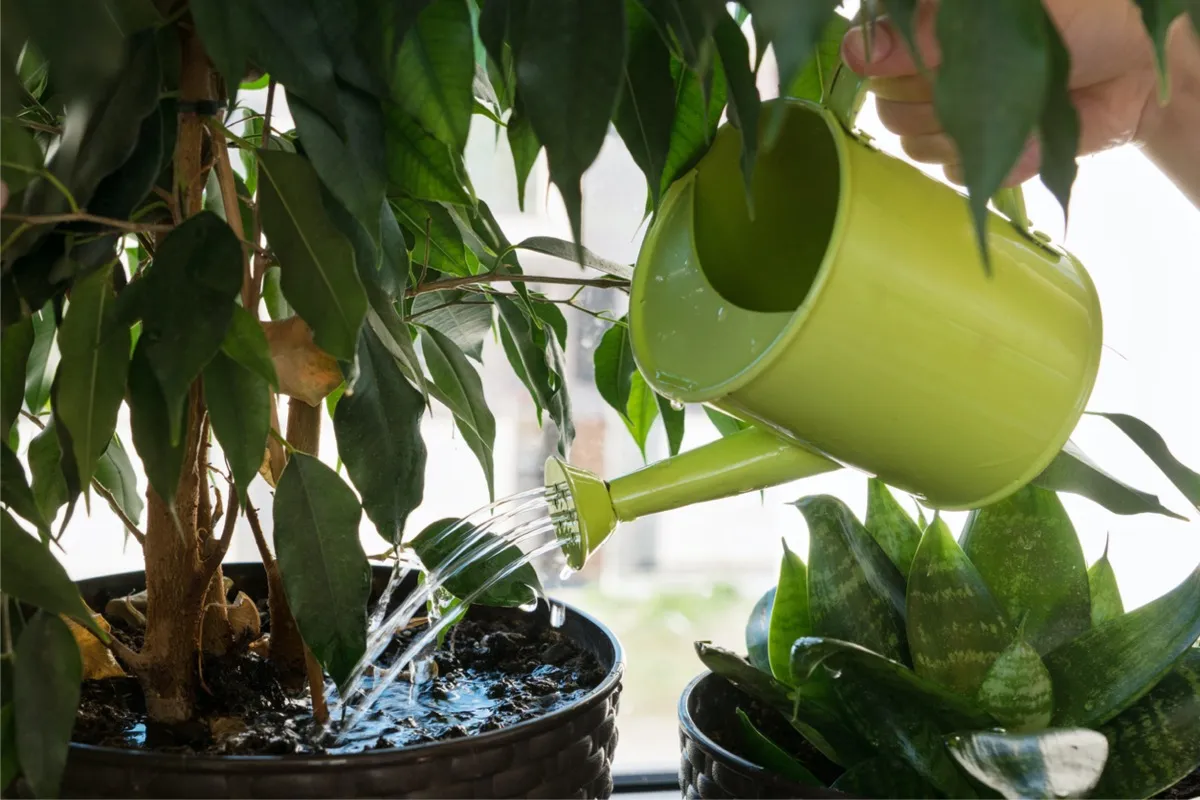How Harmful Bugs Destroy Our Garden

Introduction
Trees are valuable assets to any property, providing shade, beauty, and environmental benefits. However, without proper care and attention, trees can pose significant risks. Overgrown, diseased, or improperly maintained trees can lead to a range of hazards, including falling branches, obstructed paths, and even property damage. Understanding these risks and addressing them proactively can help ensure the safety of your property, family, and community.
1. Falling Branches
Dead, diseased, or overgrown branches can become brittle and may fall unexpectedly, posing a significant risk to people, pets, and property. When branches break off, they can cause severe injury or even death, especially if they fall from a great height. Additionally, falling branches can damage roofs, cars, fences, or power lines, leading to costly repairs and potential safety hazards. Regular tree maintenance is essential to prevent such accidents.
2. Tree Leaning
If a tree has grown unevenly or has an unstable root system, it may lean or even fall over during a storm or high winds. This creates a serious risk to nearby buildings, vehicles, and power lines. A leaning tree can cause catastrophic damage if it falls unexpectedly, and its roots may also destabilize the surrounding soil, making the situation worse. Regular inspections and maintenance can help detect leaning trees and address the problem before disaster strikes.
3. Obstruction of Paths
Overgrown trees and branches can block pathways, driveways, or roads, creating tripping hazards or restricting access for emergency vehicles. This is particularly dangerous in areas with heavy foot traffic or in cases where emergency services need to get through quickly. When trees block these paths, they can delay first responders in critical situations, putting lives at risk. Trimming trees and removing obstructive branches helps maintain clear and safe access for everyone.
4. Pest and Disease Spread
Uncut or neglected trees may develop diseases or attract pests like termites, which can spread to nearby trees or structures. Dead wood and rotting branches become breeding grounds for pests, which can damage both the tree itself and neighboring vegetation. Additionally, diseases like fungal infections can easily transfer from tree to tree, leading to widespread issues that can harm entire yards or landscapes. Proper tree care, including pruning and pest management, is essential to prevent this.
5. Power Line Interference
Trees growing too close to power lines can cause outages or create fire hazards. Overgrown branches in contact with power lines can trigger electrical faults, resulting in power disruptions or even fires. In extreme cases, trees that touch power lines pose an electrocution risk to anyone who comes into contact with them. Cutting back trees near power lines is crucial to prevent these dangerous situations and ensure reliable electrical service.
6. Foundation Damage
If tree roots grow too close to buildings, they can cause significant damage to foundations, driveways, and underground pipes. As roots expand, they can weaken the structural integrity of foundations by causing cracks or lifting the surface. This can lead to costly repairs and potentially compromise the safety of the building. Ensuring that trees are planted at a safe distance from structures and monitoring root growth is essential to avoid this type of damage.
Conclusion
Proper tree maintenance is vital to prevent potential hazards and long-term damage to your property. Neglecting to care for trees can lead to a wide range of risks, from falling branches to structural damage. Regular inspections and timely maintenance ensure that trees remain healthy, safe, and beneficial to the environment. By addressing these risks proactively, you can protect your property, avoid costly repairs, and maintain a safe, beautiful landscape.
